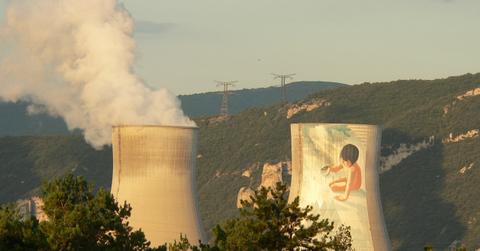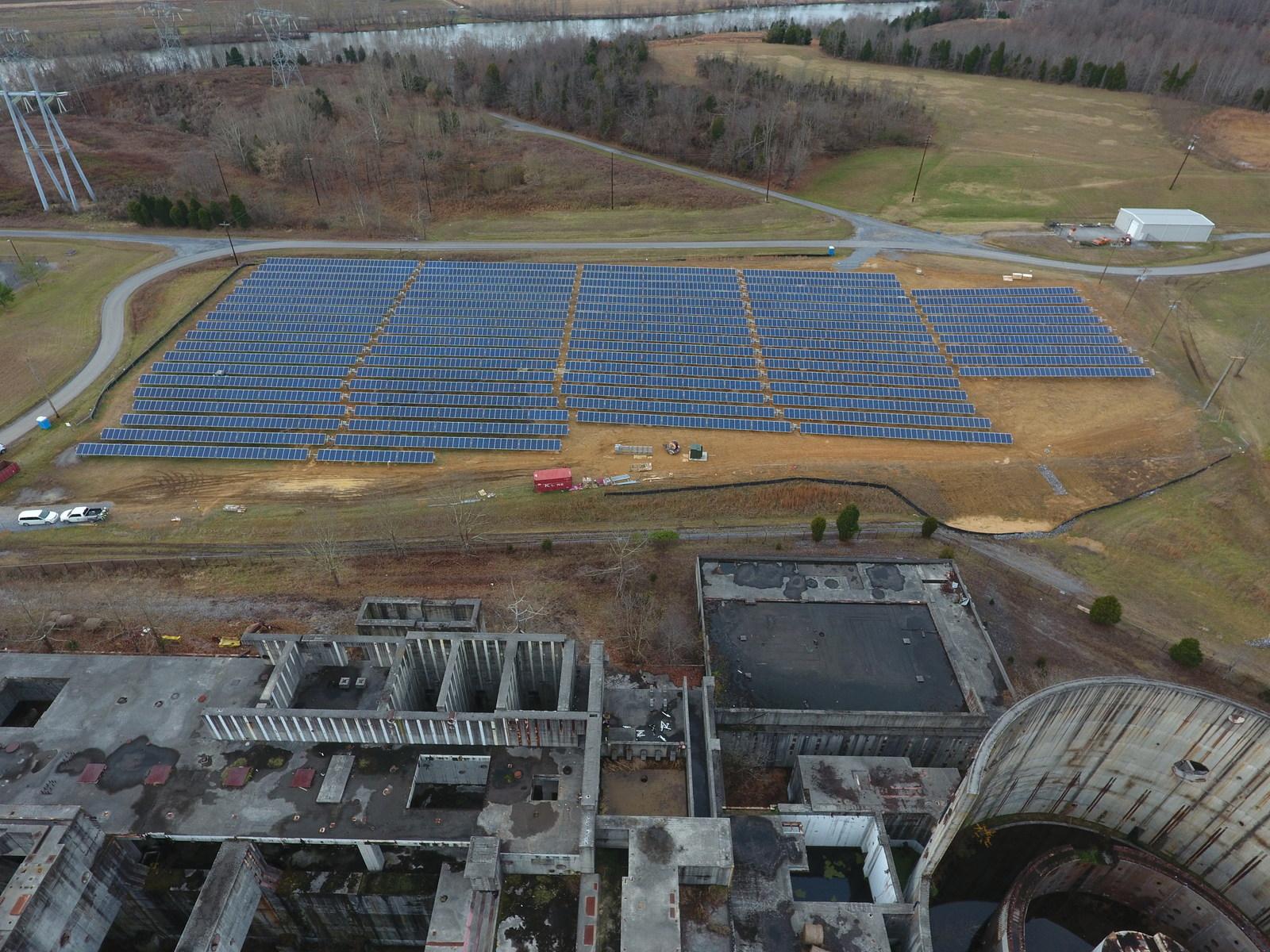Abandoned Nuclear Plant Revived As Solar Energy Hub
After a nuclear disaster at Three Mile Island over 36 years ago, Tennessee halted production of a nuclear power plant in Surgoinsville. Like many other abandoned areas, it's now been turned into a solar power plant.
Updated May 26 2019, 2:31 p.m. ET
Back in 1981, construction of a nuclear power plant in Surgoinsville, Tennessee, was halted due to high costs. Three Mile Island was a nuclear station that suffered a meltdown and created more regulations for the new plant to meet. Understandably, it received negative feedback from a worried community that didn’t want the same catastrophic events to occur again. After all these years of abandonment, it now serves an entirely new purpose as an innovative renewable energy resource.
Construction on the new plant began three years before ultimately being cancelled. After nuclear power had a large buzz in the early 1970s, over 100 construction projects were halted. Many of these were due to the disaster at Three Mile Island that impacted hundreds of people. While there were no deaths from the accident, studies show how radiation triggered more cancer in those that lived in the community.
Birdseye Renewable Energy from Charlotte, North Carolina, saw an opportunity with this abandoned area. They are the Southeast’s leader in creating solar projects and have installed a capacity of over 430 megawatts in the region. They worked with United Renewable Energy of Georgia to help construct over 3,000 solar panels in a span of four acres.
Keith Herbs, Executive Vice President of the URE, was thrilled to be expanding solar energy in a press release, saying, "We are proud to work with Birdseye on this exciting project to bring solar energy to east Tennessee. Due to its location, this project visibly demonstrates how clean, efficient solar energy matches other forms of power generation to meet our country's growing energy needs."
Capacity is set to produce anywhere from 1,100 to 1,400 megawatt-hours per year. For perspective, that would be enough to run around 100 homes in the area. It’s a major downgrade from the 2,400-megawatt capacity that was in store for the old nuclear power plant, but certainly a beneficial change-up for the environment.
Many other projects have seen sustainable alternatives built over them. The famous Chernobyl disaster from 1986, for example, will soon be a solar plant. Another project is a 40-megawatt floating solar plant close to China, which filled a flooded coal mine after most of the land was left uninhabitable.
Potential sites for renewable energy at these abandoned areas are screened by the Environmental Protection Agency. Also known as “brownfields,” over 80,000 sites have been considered for renewable energy possibilities. Interestingly, old coal mines can also serve as a pumped-storage hydropower facilities. Virginia passed a bill in late May to allow energy companies to construct these new power plants.

